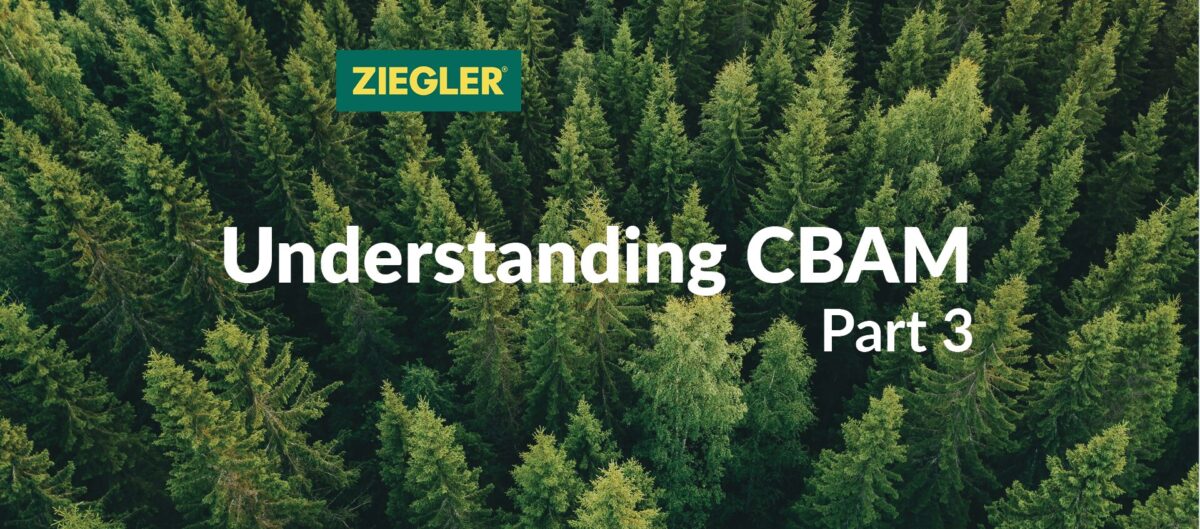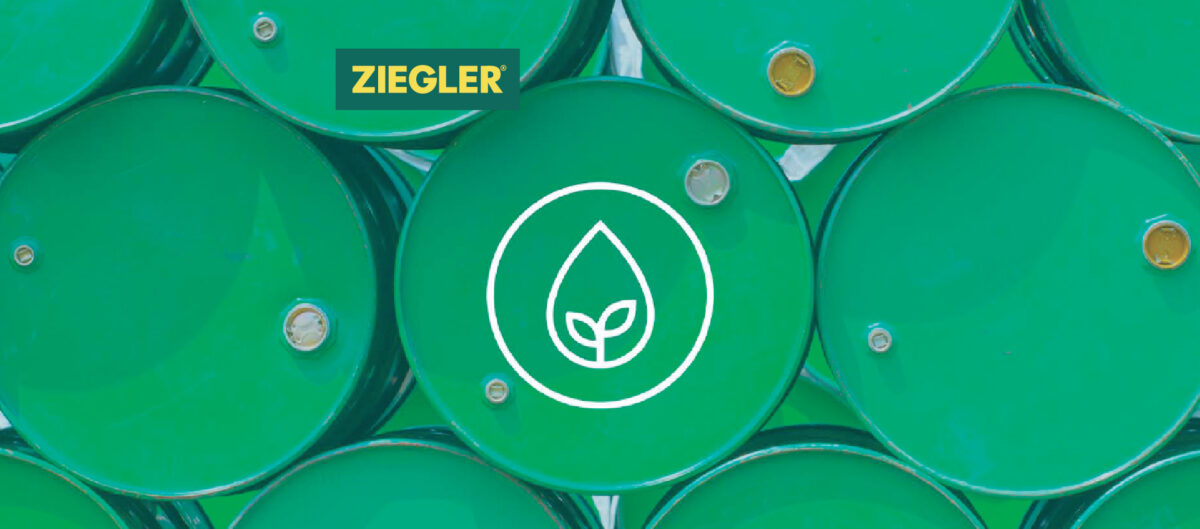Key Components of the CBAM Agreement
Check out part one here
Check out part two here
Key Components of the CBAM Agreement – Phase 1
Tariff Structure
CBAM imposes a carbon tariff on imported carbon-intensive products. The tariff is designed to align the effective carbon cost of imports with that of goods produced within the EU under the EU Emissions Trading System. By levelling the playing field, we incentivise greener manufacturing practices both within and outside the EU.
Revenue Allocation
Revenues generated from CBAM will be directed towards financing climate action initiatives and helping EU member states transition to a low-carbon economy. This revenue distribution ensures that the financial burden caused by carbon emissions is directed towards positive climate outcomes.
Emission Assessment Methodology
CBAM requires importers to report their product’s emissions based on a comprehensive and standardised methodology. This methodology considers emissions from the entire production process, ensuring an accurate and comparable assessment of each product’s carbon footprint.
Trade Partnerships and CBAM
The EU acknowledges the importance of international cooperation and aims to work with trade partners to find mutually beneficial solutions. CBAM serves as an opportunity for the EU and its trading partners to collaborate and jointly address climate change.
Exemptions and Special Provisions
The CBAM proposal includes exemptions and special provisions to accommodate the unique situations of certain countries and industries. These provisions help ensure a smooth transition to the CBAM regime and minimise undue burdens on specific sectors.
Dispute Resolution
To address any potential disputes related to CBAM, the EU has established a dispute resolution mechanism that guarantees fair and impartial decisions. This mechanism aims to prevent and resolve any conflicts between parties affected by CBAM.
Monitoring, Reporting, and Verification (MRV) System
Finally, CBAM enforces a stringent Monitoring, Reporting, and Verification (MRV) system that tracks emissions and compliance with the mechanism. This MRV system enables the EU to effectively monitor the implementation and efficacy of CBAM, ensuring its continuous improvement and adaptation to emerging climate challenges.
Key Components of the CBAM Agreement – Phase 2
Compliance Mechanisms
To ensure compliance with CBAM, importers of affected goods are required to purchase CBAM certificates, corresponding to the embedded emissions in their products. The certificates are priced based on the EU ETS prices, ensuring a transparent and consistent valuation of carbon emissions.
Carbon Price Assessment
Under CBAM, the carbon price is assessed based on the EU ETS, which is a well-established market mechanism for pricing carbon emissions. This market-based pricing ensures that the CBAM tariff accurately reflects the carbon cost associated with production.
Stay updated with the latest on CBAM!
As CBAM unfolds, staying updated with its evolving landscape is crucial for businesses to ensure compliance and strategically position themselves in the market. To aid in this endeavor, we invite you to subscribe to our newsletter. Our seasoned specialists will meticulously curate the most pertinent news and announcements regarding CBAM, delivering them straight to your inbox.




